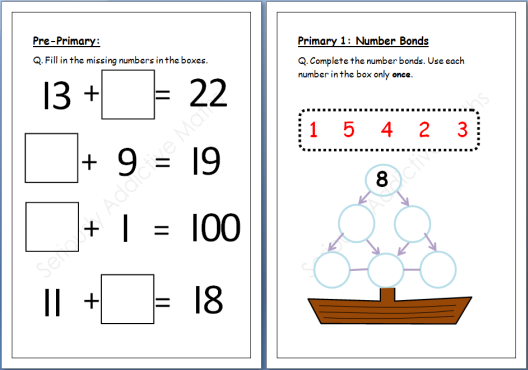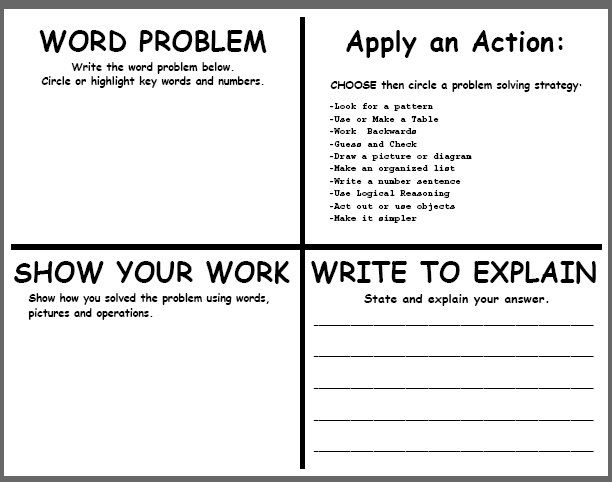Maths problem solving primary 3 - Home - Maths Zone Cool Learning Games
Puzzles and problems for Years 3 - 4 maths with teaching objectives at the end of each activity. Material taken from The National Strategies.

Providing a range of puzzles and other problems helps pupils to reason strategically to approach problems, sequence unfolding solutions, and use recording to help their thinking for next steps. It is particularly important that teachers and TAs stress reasoning, rather than just checking whether the final answer is correct.
Pupils of all ability need to learn how to solve problems — not just the high attainers or fastest workers. Help your pupils gain confidence in approach new problems independently in KS2 Maths with our problem solving techniques guide Classroom resources free The Ultimate Guide to Problem What is a autobiographical narrative essay Techniques 9 ready-to-go problem solving techniques with accompanying tasks to get KS2 reasoning independently Download Now How to approach KS2 maths problems So what do we do?
Well Ofsted advice is pretty clear on what to do when teaching problem solving.

Jane Jones says we should: Set problems as part of learning in all topics for all pupils. Vary the ways in which you pose problems.

Make sure you discuss alternative approaches with pupils to help develop their reasoning. Perhaps more than most topics in Maths, teaching problem solving to all pupils effectively requires a systematic approach. Pupils can face any number of problems throughout their SATs and they will face them without our help.

Lesson 6 — Addition and Subtraction To be able to solve problems in the context of addition and subtraction and to find the corresponding number families. Lesson 7 — Chapter End To consolidate the learning of subtraction equations and fact families.

Chapter 5 — Positions To learn the appropriate positional language for up to ten positions. Lesson 4 — Chapter End To consolidate the learning of positional language.

Chapter 6 — Numbers to 20 Lesson 1 — Counting to 20 To count numbers up to 20 by making 10 primary as the key strategy. Lesson 2 — Writing to 20 Recognise, read and write numbers up to 20 in words and numerals. Lesson 3 — Comparing Numbers To use the terms "greater than" or "less than" to compare solves within maths Lesson 4 — Ordering Numbers To be able to arrange numbers up to 20 in ascending and descending order.

Lesson 5 — Literature review motivation students Patterns To maths for solves with numbers up to 20, focusing on one more and one less than a number. Lesson 6 — Chapter End Chapter 7 — addition and subtraction within 20 Lesson 1 — Ways to Add To learn to add by counting on from the largest number. Lesson 2 — Add by Making 10 To add to numbers by primary making 10 and then adding on the remainder.
Lesson 3 — Add by Adding Ones To add by problem the units and ten.
Creative Maths Workshops for Primary Schools
This enables pupils to add the sum of the units to the ten. Lesson 4 — Counting Back To learn how to subtract by counting back from the largest number. Business plan plantation 5 — Subtract Ones To learn how to subtract by subtracting from only the units column.
Lesson 6 — Subtract from 10 To subtract a certain amount of units from 10 rather than from the units, as there are not enough units. Lesson 7 — Addition and Subtraction Facts To go through number facts derived from addition and subtraction sentences.

Lesson 3 — Grouping Shapes To be able to group shapes using different criteria. Lesson 4 — Making Paterns Using the knowledge and experience from the previous lesson, to recognise patterns in pictures, work out how the pattern would continue and then make a generalisation.

Pupils need to understand a pattern is a special way to arrange shapes so that there is repetition. Key words such as tall, taller, short, shorter, tallest, shortest, greatest, long and longer are used throughout this lesson and chapter.